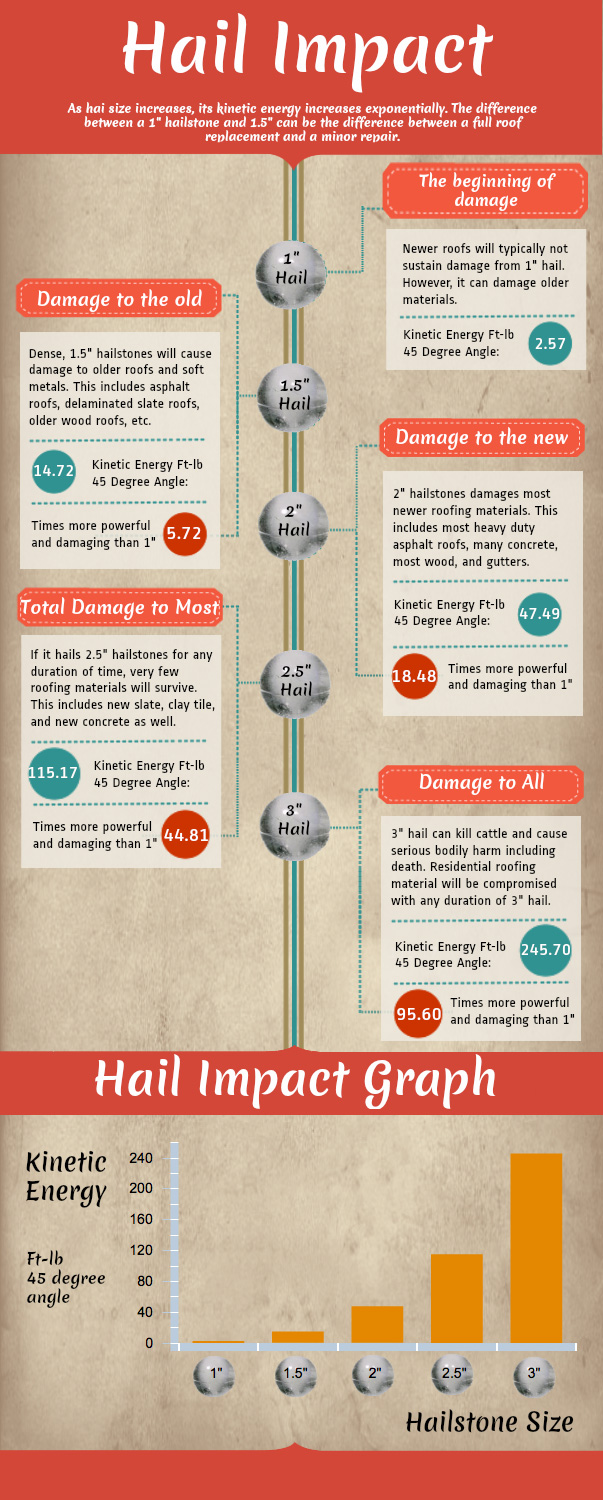The Significance Of Roofing System Ventilation In Achieving A Successful Installment
The Significance Of Roofing System Ventilation In Achieving A Successful Installment
Blog Article
Uploaded By-Conway Poole
When you're tackling a roofing job, you may not assume much regarding roofing ventilation, however it's even more critical than you recognize. Reliable ventilation helps control temperature and wetness in your attic, avoiding problems like mold and structural damages. By comprehending how to make and mount a well balanced ventilation system, you can boost energy effectiveness and lengthen the lifespan of your roof materials. So, what are the essential aspects to consider throughout installation that can make all the difference?
Significance of Roofing System Air Flow
Roof covering ventilation plays an important duty in maintaining the overall wellness of your home. By enabling mouse click the following article to circulate through your attic room, it assists manage temperature level and wetness levels. This balance is important to avoid heat accumulation throughout warm months, which can lead to boosted power costs as your cooling works overtime.
Furthermore, proper air flow significantly lowers the threat of moisture-related issues like mold and mildew. If moisture levels increase, your home's architectural stability can be jeopardized, leading to expensive fixings. You would not intend to deal with decaying wood or deformed roof products, right?
Additionally, ample ventilation expands the life expectancy of your roof. When warmth and dampness are kept in check, your roof covering can do efficiently, protecting against early damage. This indicates less headaches and costs down the line.
How Roofing System Ventilation Functions
Efficient roof ventilation depends on the natural motion of air to produce an equilibrium in between intake and exhaust. When you install vents, you're essentially enabling fresh air to enter your attic while making it possible for hot, stagnant air to run away. This process aids regulate temperature and wetness levels, protecting against issues like mold development and roof damage.
Intake vents, generally located at the eaves, draw in great air from outside. On the other hand, exhaust vents, situated near the ridge of the roofing system, allow hot air surge and departure. The difference in temperature level develops a natural airflow, referred to as the stack effect. As warm air rises, it develops a vacuum cleaner that draws in cooler air from the reduced vents.
To maximize this system, you need to make sure that the intake and exhaust vents are appropriately sized and positioned. If the intake is limited, you will not achieve the desired ventilation.
Likewise, inadequate exhaust can catch warm and dampness, resulting in prospective damage.
Key Installment Considerations
When installing roofing system air flow, several crucial factors to consider can make or break your system's efficiency. First, you need to analyze your roofing's layout. The pitch, shape, and products all influence airflow and air flow choice. Make sure to select vents that suit your roofing system type and local environment conditions.
Next, take into san antonio remodeling of your vents. Ideally, you'll want a well balanced system with consumption and exhaust vents placed for ideal airflow. Area intake vents short on the roofing and exhaust vents near the top to encourage a natural flow of air. This configuration assists prevent moisture build-up and promotes power performance.
Don't ignore insulation. Correct insulation in your attic room prevents warmth from escaping and maintains your home comfy. Make certain that insulation does not block your vents, as this can hinder air movement.
Last but not least, consider upkeep. Choose air flow systems that are easy to gain access to for cleansing and inspection. Normal upkeep guarantees your system continues to function successfully over time.
Verdict
In conclusion, roofing air flow is necessary for a successful installation. By ensuring appropriate airflow, you can stop warm build-up and wetness issues that cause costly damage. When you tactically placement intake and exhaust vents, you boost energy performance and prolong the lifespan of your roofing system. Bear in mind, a well-ventilated roof not only shields your investment but likewise boosts your indoor air high quality. So, focus on air flow to make sure a durable and economical roof for your home.
